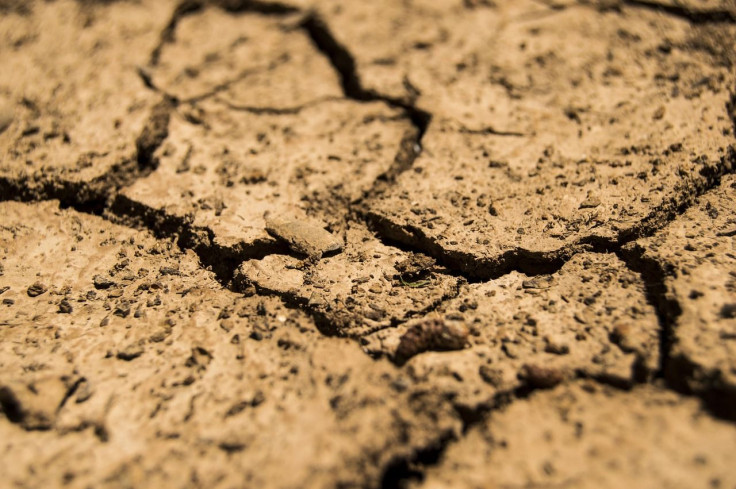US, EU Confirm 2019 Is Second Hottest Year In Recorded History
Not surprisingly, news that 2019 is the second hottest year in recorded history isn't at all that astonishing, given the widespread and immense natural catastrophes linked to unrelenting climate change.
People worldwide suffered from the effects of the record heat that punished them in 2019, which also confirms climate change and global warming continue their unabated march towards a less livable planet by the end of this century. Global emissions of greenhouse gases (GhG) that trap heat also reached a new record high in 2019.
Combined, these factors led to world global surface temperatures becoming1.8 degrees Fahrenheit (0.98 degrees Celsius) warmer than the 1951-to-1980 mean, according to data from NASA and the U.S. National Oceanographic and Atmospheric Administration (NOAA). The year 2016 remains the all-time hottest year on record and 2019 only narrowly missed surpassing this infamous peak.
The NASA/NOAA report found the average global temperature is now more than 2 degrees Fahrenheit (more than 1 degree Celsius) above what it was in the late 1800s. This high takes the Earth perilously close to the critical threshold of 1.5 degrees Celsius of warming, which is the new "safe" upper-limit for global warming.
Should world temperatures rise by 2 degrees Celsius, mountain glaciers and rivers will start to disappear. Mountainous regions will see more landslides while the permafrost that holds them together melts away. By 2100, sea levels might rise by one meter, displacing 10 percent of the world's population.
In 2019, the United Nations said man-made GhG emissions need to be slashed 7.6 percent each year until 2030 to limit temperature rises to 1.5°C, which was set in the landmark Paris climate deal.
"We are experiencing the impacts of global warming literally unfolding in real-time," Noah Diffenbaugh, a professor of Earth science at Stanford University, said.
The NASA/NOAA report matches findings released last week by the Copernicus Climate Change Service (C3S), the European Union's climate change monitoring service. C3S also found 2019 is the second-hottest year on record.
Its data shows worldwide temperatures in 2019 were just 0.04 degrees Celsius lower than 2016, which saw temperatures boosted 0.12 degrees Celsius by a once-in-a-century strength El Niño natural weather event. Global temperatures in 2019 were 0.6 degrees Celsius warmer than the 1981 to 2010 average, as per C3S. Earth’s temperature over the last five years was 1.1°C to 1.2°C warmer than pre-industrial times.
“2019 has been another exceptionally warm year, in fact the second warmest globally in our dataset, with many of the individual months breaking records,” Carlo Buontempo, head of C3S, said.
The five last years have been the hottest on record. The period from 2010 to 2019 was the hottest decade since records began, C3S pointed out. C3S added atmospheric carbon concentrations continued to rise in 2019 to reach their highest levels on record. CO2 concentrations are now the highest they've been for 800,000 years.




























